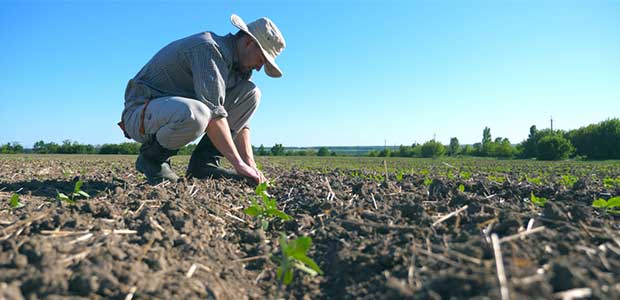
It’s a Hot 80-Degree Day: Has Your Lone Worker Checked In?
Summer heat will affect everyone, but it will be particularly hard on those working in agriculture, spending long hours outside in the blistering temperatures.
- By Gen Handley
- Jun 22, 2020
On June 20, 2020, the sun reached its highest point in the sky, marking the first day of summer. For the next few months, most of the US will be seeing more daylight and warmer, even scorching, temperatures. This heat will affect everyone, but it will be particularly hard on those working in agriculture, spending long hours outside in the blistering temperatures.
When a worker is exposed to extreme heat, their body temperature rises quickly, and they can experience heat illness which includes a number of debilitating symptoms such as muscle cramping, fatigue, headache, nausea or dizziness. They can also experience dehydration and fainting which can lead to horrible errors operating machinery or to a crippling if not deadly fall, a common cause of injuries for agricultural workers. But on top of that, these workers who help feed people in this country and around the world are exposed to hazardous chemicals, such as pesticides and cleaning agents.
Despite the multitude of safety risks that these workers face every day, there are proactive steps that can be taken to protect these people so that they can go home safely to their families at the end of the day.
Deadly Falls
Falls are one of the most common causes for injury and death in agriculture. Falls usually occur off ladders, farm machinery, trucks and roofs. You can prevent falls by:
- Using safety harnesses when working from dangerous heights
- Installing good lighting where falls might occur
- Using non-slip tape and matting where workers frequent
- Attaching grab rails on ramps, steps, ladders, trucks and machinery
- Equipping your workers with well-fitting footwear that have non-slip soles
- Providing an automated fall-detection device due to exhaustion or dehydration
Heat Exhaustion and Dehydration
During the hot summer months, heat exhaustion and dehydration in agriculture workers is very prevalent. For example, the State of California states that workers “shall be allowed and encouraged to take a preventative cool-down rest in the shade when they feel the need to do so to protect themselves from overheating.” It is also recommended that adult males drink at least 3.7 liters (125 ounces) of fluid a day and adult females drink 2.7 liters (91 ounces) a day. Dehydration can be prevented by: